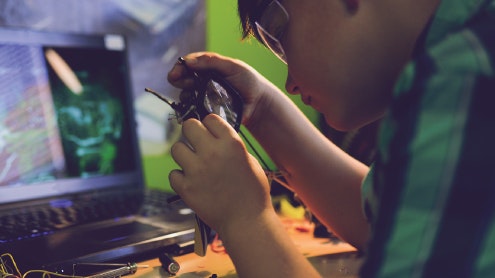Homepage
•
Learning Library
•
Blog
•
Standards Spotlight: Knowing what to solve opens doors to discovery
Expand breadcrumbs
Expand breadcrumbs
- Learning Library
- Blog
- Standards Spotlight: Knowing what to solve opens doors to discovery
- Homepage
- •
- Learning Library
- •
- Blog
- •
- Standards Spotlight: Knowing what to solve opens doors to discovery
Standards Spotlight: Knowing what to solve opens doors to discovery
By Mary Howard
March 22, 2019








